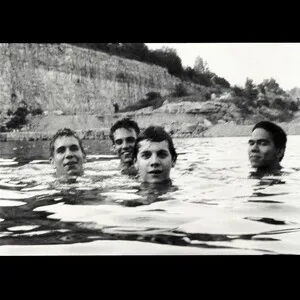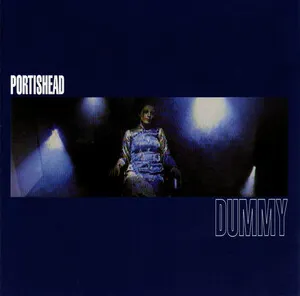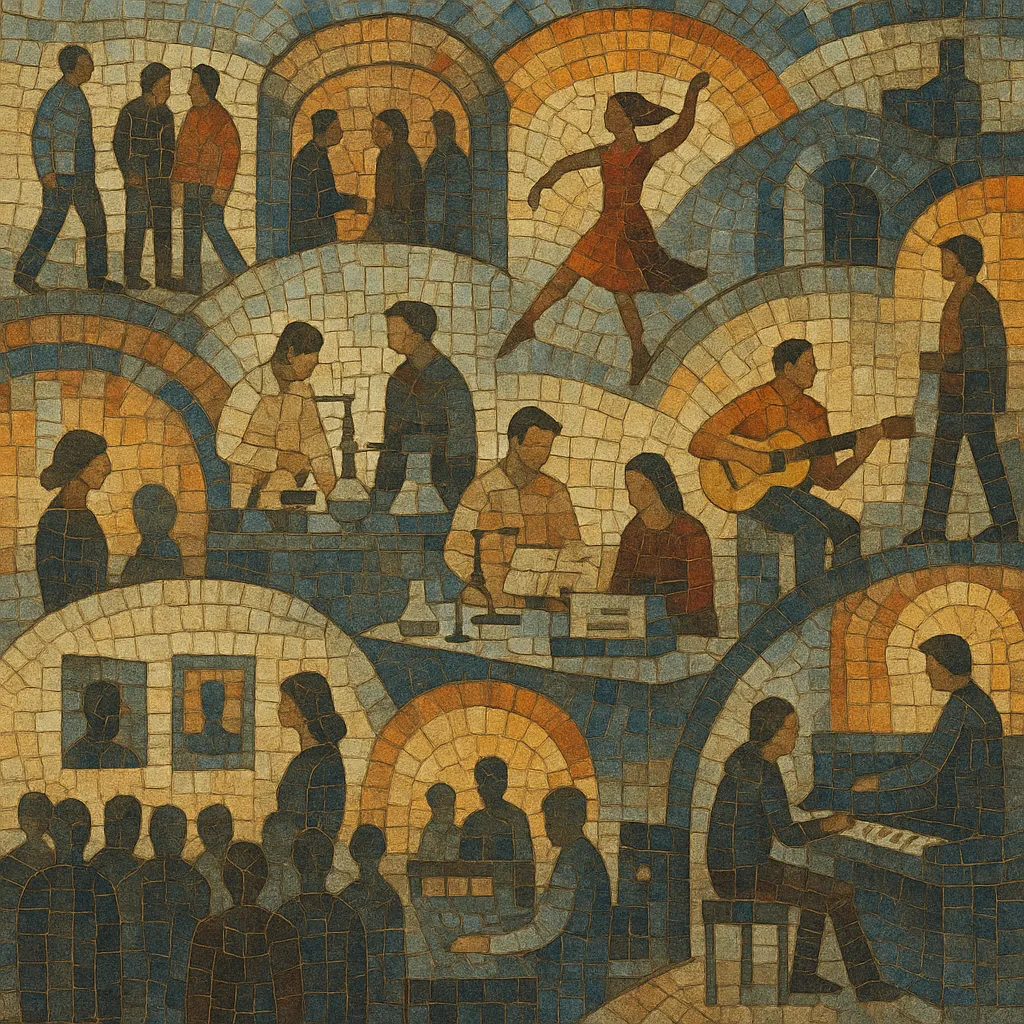
Scenes & movements are socio-musical formations where a shared place, community, ideology, or infrastructure shapes the sound, look, and practices of artists. Rather than a single sonic template, they are defined by networks of venues, labels, media, and fans that give music a distinctive identity anchored to time and place.
From early 20th‑century art-music circles and jazz neighborhoods to mid‑century industry hubs and countercultural districts, scenes & movements organize how music evolves, spreads, and renews itself. Their outputs can span multiple genres (rock, jazz, hip hop, electronic, folk, classical), but they cohere through common aesthetics, production methods, and social dynamics.
The modern idea of musical scenes and movements crystallized in the early 1900s as artist-led circles and urban districts nurtured distinctive aesthetics and practices. Classical modernists in the Second Viennese School built self-conscious movements around new techniques, while U.S. industrial and nightlife centers like Tin Pan Alley and cabaret districts formed dense ecosystems of writers, performers, and publishers. Neighborhood clusters in Black American music (blues and jazz) also created localized “schools” with shared repertoire and style.
Postwar prosperity and media expansion amplified the role of place and community. Jazz clubs, folk coffeehouses, and rock venues helped define local sounds, while countercultural hubs (e.g., San Francisco’s Haight‑Ashbury) tied music to broader social movements. Scenes increasingly leveraged independent labels, zines, and college radio to project distinct identities. The idea of a “movement” became a way for artists and audiences to align around aesthetics and politics as much as sound.
Punk’s DIY ethos supplied a template for independent networks of venues, labels, and touring routes, catalyzing hardcore, indie, and underground hip hop infrastructures. Regional “schools” of electronic music (Detroit techno, Bristol sound) showed how technology and place could fuse into recognizable movements. Global media and affordable recording tools enabled scenes to cross borders while retaining local flavor.
Online platforms let geographically dispersed artists function like co-located scenes, yet physical spaces—clubs, galleries, community centers—remain critical for identity and mentorship. Micro-scenes emerge quickly around memes, niche aesthetics, or local collectives, often documented in real time by social media. Contemporary movements continue to shape not just sound but fashion, politics, and community care models.
Clarify the community, place, or ideology that binds participants. Establish shared references (venues, labels, visual codes) and a core set of values (DIY, experimentalism, activism, dancefloor utility, etc.).
Choose instruments and production methods that reflect the scene’s tools and spaces: live band backline for club/venue cultures, samplers and drum machines for beat‑oriented circles, or laptops and modular rigs for experimental hubs. Let the room (basements, galleries, soundsystems) guide tempo, loudness, and arrangement density.
Adopt rhythmic feels common to the community (e.g., breakbeat-driven for sound system scenes, motorik for art‑rock circles, swung grooves for jazz‑leaning movements). Harmony may be minimal and riff‑based (punk/garage scenes) or exploratory (avant collectives). Keep song lengths and structures aligned to the scene’s performance context—short sets for multi‑band bills, extended pieces for dance or improv nights.
Write about local realities, subcultural codes, and shared struggles. Use vernacular language and references to venues, neighborhoods, or rituals. Align artwork, flyers, and fashion with the movement’s visual identity to strengthen recognition.
Co-write, share stems, and cross‑feature within the community. Release through local imprints, zines, and community radio; document live sessions. Build compilations and split releases to present a unified voice. Prioritize live events and residencies to refine a signature sound and attract newcomers.

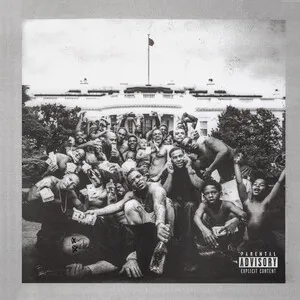
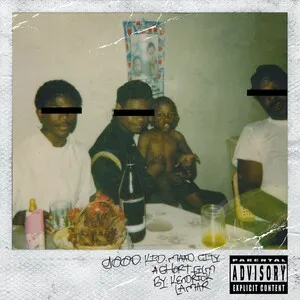
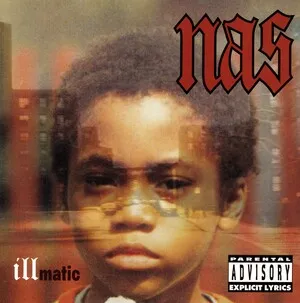
%2C%20Cover%20art.webp)
